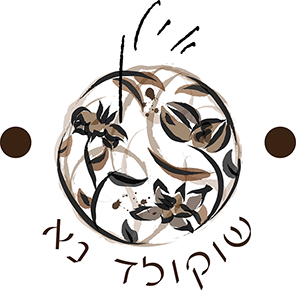Is It Just A Spoonful of Sugar?
If we are all honest, we like chocolate because it is sweet. For those chocolate devotees, they can handle that bitter punch of the 80% dark chocolate bar, but for most of us it is the sugar we are after. But do you know what sweeteners are being used in your favorite chocolate bar?
There are several groups of sugars available in the market today, but we will focus on the ones that are most popular in the “bean to bar” chocolate world. Craft chocolate makes sugar take a back seat so that the pure flavor of chocolate can have center stage. We want to look at these more closely and determine why these started to be utilized in chocolate production in the first place.
One of the important things to know about sugar is that it is one of the largest contributors to the texture of chocolate. The amazing smoothness, melt-in-your-mouth feeling, doesn’t just come from the way that chocolate is mixed. The process of adding sugar into chocolate is a make or break in texture. For chocolate makers, it is the experience, as well as the flavor, that makes a chocolate great or terrible.
Cane Sugar
Cane sugar is the most popular sweetener used in craft chocolate production. It is a response to the global drive for a healthier, fuller life which means that refined white sugar needs to be cut. Rather than the sweetener coming from the traditional sugar beet (where white sugar is extracted from), cane sugar comes from the actual cane. Widely grown in Central and South America, this sugar doesn’t detract from the rich natural flavors of the cacao as well as providing an overall enjoyable experience. However, this doesn’t mean that cane sugar is necessarily the healthiest option for chocolate connoisseurs. To achieve this, chocolate makers have used unrefined cane sugar, which can leave a chocolate bar with a bit more of a grainy texture.
Coconut Sugar
To move chocolate along on the healthy spectrum, chocolate makers have turned to coconut sugar. Coconut sugar, made from the dehydrated sap from the coconut palm tree, looks very similar to unrefined cane sugar and has a naturally caramel taste. It is most often produced in Southeast Asia. Through the process of dehydrating the sap from a coconut palm, the nutrients are preserved from the tree in the sugar. But that doesn’t mean that it does miracles. In fact, coconut sugar is known to have as many calories as any other sugar.
Agave Syrup
A little less known is the use of agave syrup. Agave is much sweeter than white sugar and less is required to get the sweetness needed. A bit of a downside to agave is that it is high in fructose. Fructose is the sweetest naturally occurring carbohydrate and is sweeter than common table sugar. This is one of the reasons that high fructose syrup is so popular. Agave, on the other hand, being naturally occurring through extraction from the agave plant, is both sweet and has a low glycemic index which makes it more palatable for those who may have trouble with their blood sugar.
Maple Syrup
Taking the lead over agave syrup is our personal sweetener of choice- maple syrup. Like agave, maple syrup has a lower glycemic index and offers more nutritional value than agave. Maple syrup, an unrefined sugar, is full of minerals sugar as calcium, iron, magnesium, potassium, zinc, copper, and manganese. These minerals aid in cell formation, healthy blood cells, and supporting the immune system. Being that maple syrup is mostly sucrose, it becomes a clear winner in the health race. Additionally, real maple syrup has its own rich flavor profile that compliments chocolate rather than outshining it.
Also worth mentioning are sweeteners like honey or date palm. For those looking for healthier chocolate, these sweeteners provide health benefits such as antioxidants and vitamins. It is the more “all-natural" approach to chocolate and it is worth a try.




